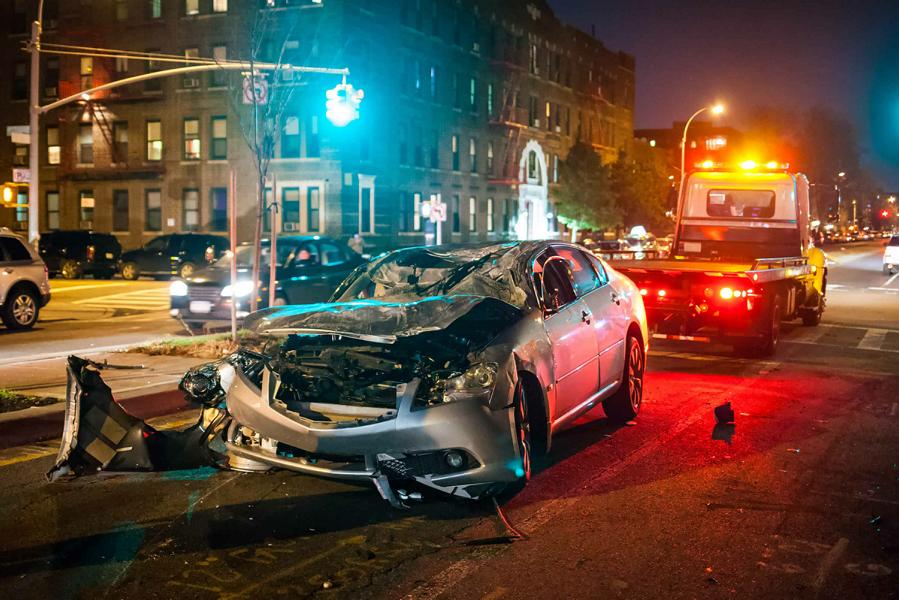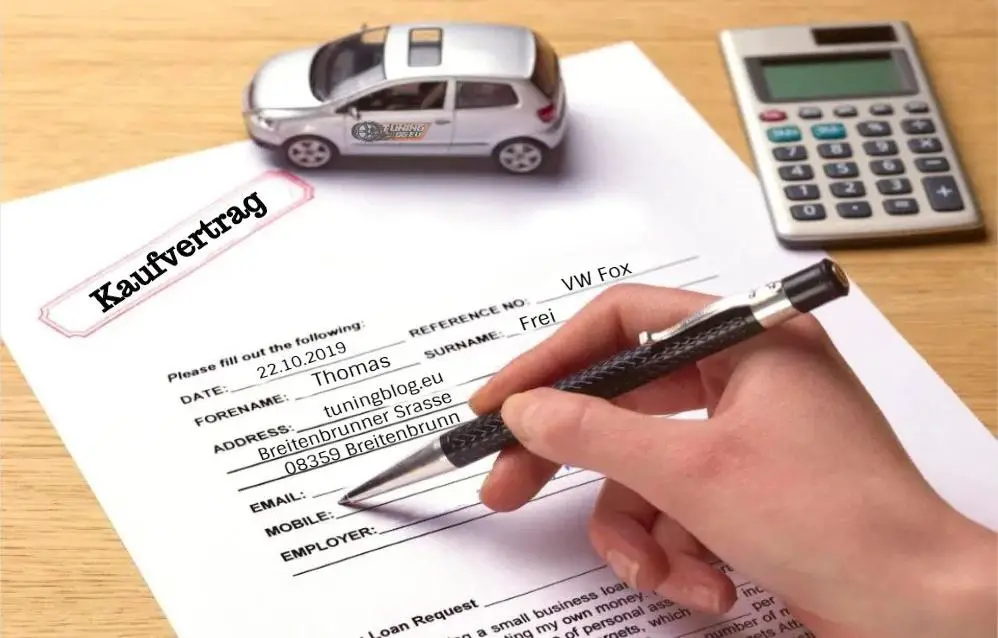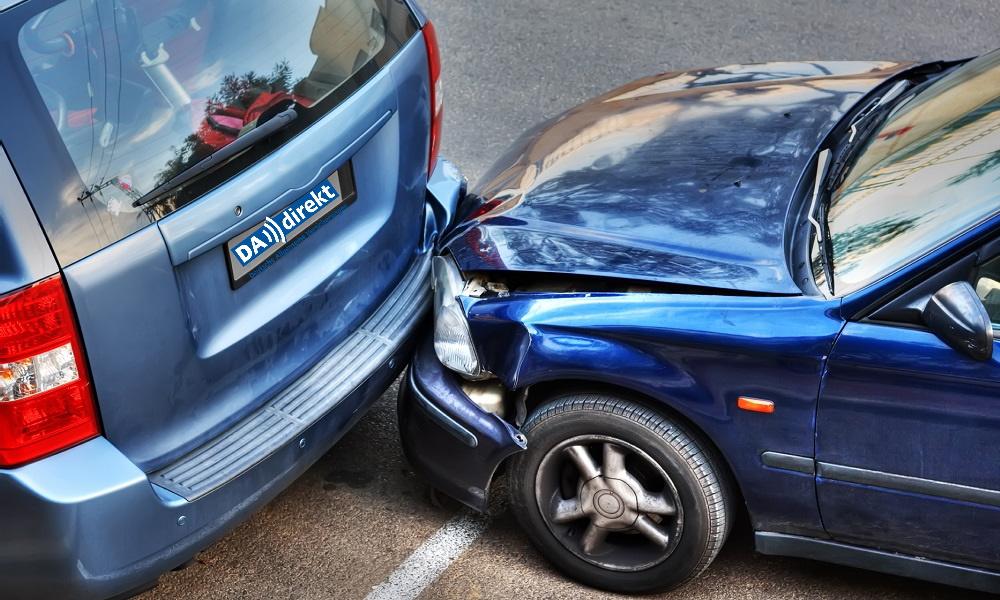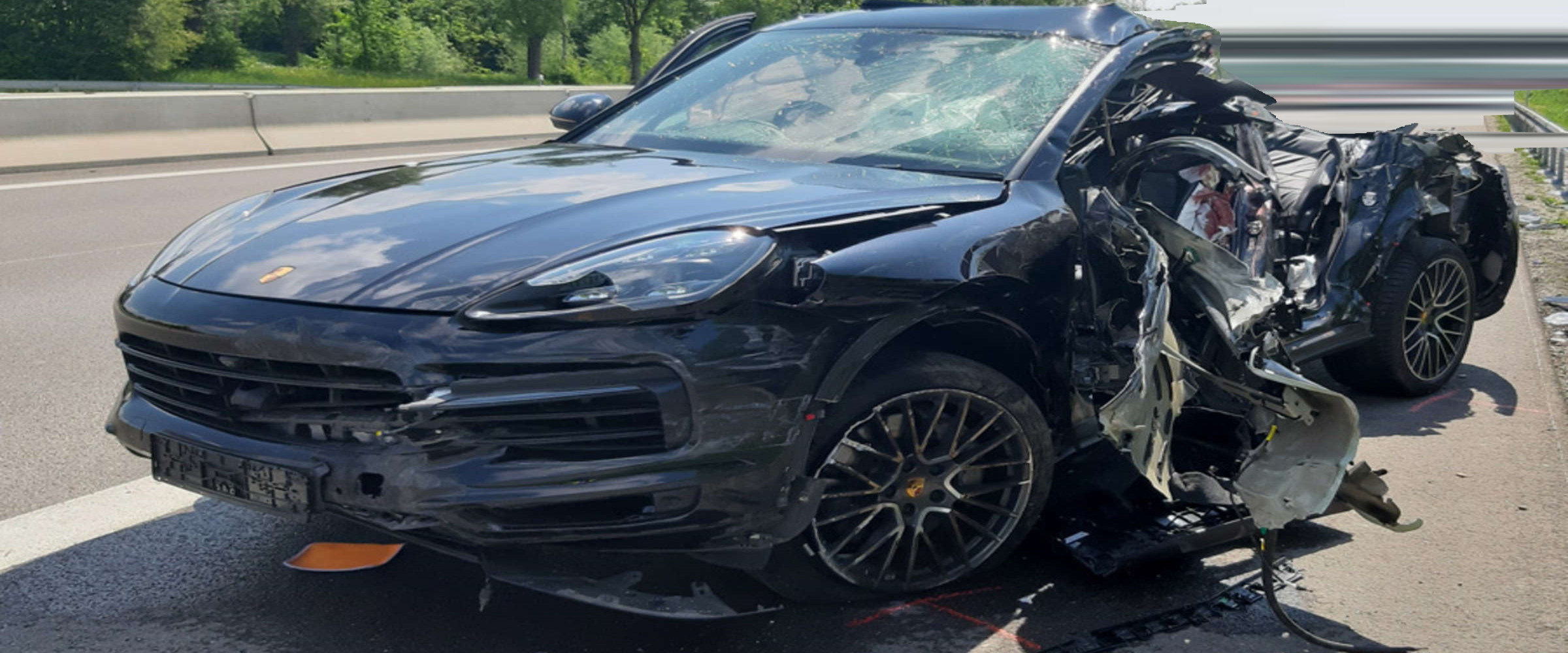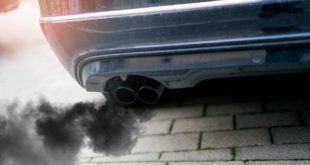Unfortunately, a serious car accident can happen faster than you think. A small moment of inattention or a driving mistake is enough and the car is destroyed. The question now remains whether it is an economic total loss or whether the damage to the vehicle can still be repaired. A so-called "real" total loss is given if the necessary Repair costs higher than the replacement value of the vehicle. In order to be able to speak of an economic total loss, the cost of the repair must be greater than the difference between the replacement value and the residual value.
Jump marks in this post
If you are only interested in very specific topics related to total write-offs, you can navigate directly to the desired topic with the following jump labels. You can also return to this overview from the selected menu item at any time with just one click.
- Example to illustrate
- Technical write-off
- Diagnosis of economic total loss
- What is the 130 percent rule?
- Calculation example 130 percent rule
- What if it's a new vehicle?
- What about other costs?
- Summary: the most important details
An example to illustrate:
If the procurement of an equivalent vehicle would cost 20.000 euros, the residual value of the vehicle is 10.000 euros and the cost of the repair is 12.000 euros, this is an economic total loss, as the cost of repairing the vehicle is the difference between the replacement value minus the replacement value Exceed residual value by 2000 euros. In the case of a “real” total write-off, however, the repair costs must exceed the replacement value. In our example just mentioned, the repair costs would have to be the amount of 20.000 euros that would be due for the procurement of an equivalent vehicle, exceedsystem. (Back to overview)
The technical total loss!
In addition to the “real” and the economic total loss, there is also the so-called technical total loss. The condition for this is that a repair of the vehicle is technically not possible under any circumstances, as the damage caused is simply too great. Another possibility is the “Bogus” total loss This is the case if you are involved in an accident with a new vehicle through no fault of your own. Although the accident damage is very high, due to the lower repair costs it is not an economic total loss and a repair would make both technical and economic sense. Nevertheless, it is indirectly a (fake) total loss, since a new vehicle involved in an accident suffers an enormously high and therefore unreasonable loss of value even with perfect repairs, which, for example, can be a big problem when it is later sold. (Back to overview)
How is an economic total loss diagnosed?
In general, after an accident, a vehicle appraiser commissioned by the insurance company will come to you to "investigate". You can engage this yourself in the event of a liability case; in the case of a comprehensive insurance, however, only the insurance company is entitled to commission the expert. All damage is documented, if possible also those that were already present before the accident. On the basis of the appraisal, the appraiser will create a so-called for you Accident reportlisting the cost of the repair, the cost of replacement and the residual value of your vehicle. The residual value is the value of the vehicle that it still has in a damaged condition, i.e. without repair. If the result of the appraisal is an economic total loss, you have the option of selling the damaged vehicle and claiming the difference to the replacement value from the opposing insurance company. Of course, this is only possible if you are not to blame for the accident that you caused. This process is identical to that of a normal write-off. (Back to overview)
What is the 130 percent rule?
The 130 percent rule is a special rule that applies in the event of damage. The rule is the so-called Integrity interest of the person concerned. The integrity interest is the designation for the interest that an injured person has in ensuring that their own assets remain intact in their composition, i.e. not decrease. The 130 percent rule can be applied if a liability case results in a total loss or an economic total loss. In the case of a comprehensive insurance, this special rule does not apply, as the replacement value of the vehicle is the upper limit for repair costs.
The 130 percent rule gives you the option of keeping your damaged car. The condition for this, however, is that the costs for the repair of your vehicle exceed the costs for the replacement by a maximum of 30 percent. Specifically, this means that you can receive up to 130 percent of the cost of the replacement if you can fully repair your car for this amount. If, however, the repair costs exceed the replacement costs by more than 130 percent, you will receive a maximum of the total replacement value. (Back to overview)
Calculation example for the 130 percent rule:
If the replacement value for your vehicle is 7.000 euros, you can receive up to 9.100 euros to have your vehicle repaired accordingly. However, it is important that you only receive this sum if you really plan to have your car repaired. It is not possible to just withdraw the sum without repairing the vehicle. Furthermore, your car must be registered and insured for at least 6 months from the time of the accident. In addition, the repair must be carried out in accordance with the accident report, which must be proven later on the repair invoice. If you want to repair your vehicle yourself, an expert must confirm the repair with regard to conformity with the accident report. If the repair of the vehicle is not complete, the 130 percent rule will not be used. In this case, the billing takes place via the determination of the total loss. (Back to overview)
What if it's a new vehicle?
It becomes problematic if the damaged vehicle is a new vehicle, as opposing liability insurances only pay the current value of your vehicle, but do not reimburse you for the new price. The current value describes the replacement value of your vehicle on the day of the accident. The new value of the vehicle is only paid if your car is no more than a month old and the maximum mileage is 1.000 kilometers. Even your own fully comprehensive insurance will only reimburse you for the new price if this has been contractually agreed. (Back to overview)
What about other possible costs?
If your vehicle is so badly damaged that you can no longer drive it or traffic safety is impaired, you have the right to a replacement vehicle or loss of use in the event of liability. With partial and fully comprehensive insurance, you only have this right again if it has been contractually agreed. Most of the time you get paid for a replacement car or the loss of use for 14 days. (Back to overview)
To summarize the most important details:
- Lies a technical total loss before, then the car can no longer be repaired. The residual value is zero euros.
- Lies a economic total loss before, then the car can still be roadworthy; In mathematical terms, however, the repair is no longer worthwhile because the value is significantly lower than the possible repair costs.
- Insurance then usually adds up Total loss basis from: The replacement value minus the residual value is replaced.
- But there is one Exception: If the policyholder has the repair carried out professionally, the costs may exceed the replacement value by a maximum of 30 percent. In this case, the insurance will pay for the repair. However, as an accident victim, you have to register the car for at least 6 months. (Back to overview)
Of course that had not been the case.
tuningblog.eu has a lot of other articles on the subject of auto & tuning in stock. Do you want to see them all? Just click HERE and look around. But also planned changes in the law, violations in road traffic, current regulations in the field of STVO or on the subject inspection we would like to inform you regularly. Everything you can find in the category "Test sites, laws, offenses, information". Following an excerpt of the last information:
"Tuningblog.eu" - we keep you up to date on the subject of car tuning and car styling with our tuning magazine and we present you the latest tuned vehicles from all over the world every day. It's best to subscribe to ours Feed and will automatically be informed as soon as there is something new about this post, and of course also to all other contributions.
 tuningblog.eu Your magazine about tuning the car
tuningblog.eu Your magazine about tuning the car
